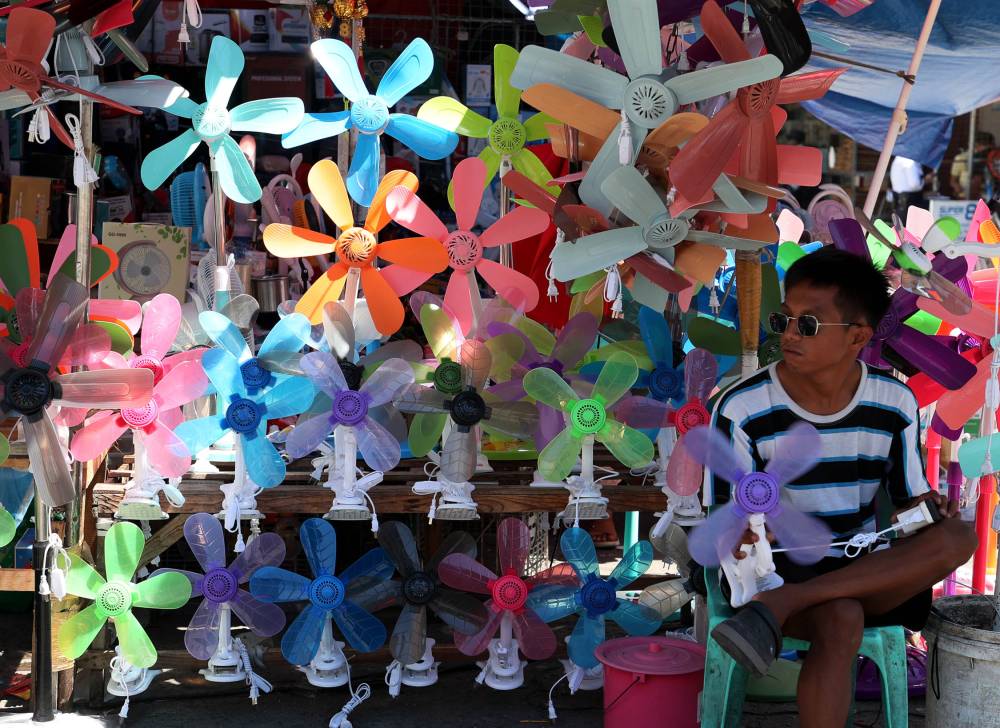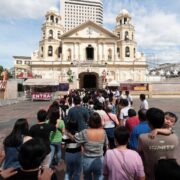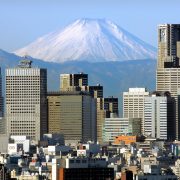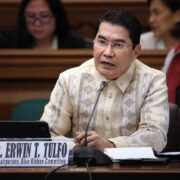Scorching heat: PH bearing the burden of climate crisis

The recent string of humid days and scorching temperatures in Quezon City is a struggle we have endured for many days now. It makes me contemplate the even harsher conditions faced by those in areas with even higher heat indexes, like my hometown Roxas City, Capiz.Roxas City recorded a searing heat index of 44 degrees Celsius. Numerous areas nationwide also logged almost similar heat indexes, per the Philippine Atmospheric, Geophysical, and Astronomical Services Administration. In response to the health risks posed by extreme heat, mayors in various cities have taken the proactive step of suspending classes. However, this measure remains inadequate, especially for low-wage workers toiling under the sun.
Heat index, or a measure of “feels like” temperature, takes into account humidity, temperature, and other factors. When the heat index falls between 42 and 51 degrees Celsius, it is classified as “dangerous” and can lead to heat cramps and heat exhaustion. Heat stroke is probable with continued heat or sun exposure. Consequently, experts caution against engaging in vigorous activities during these times. For construction workers, jeepney drivers, farmers, animal care workers, and other laborers, this entails foregoing a day’s worth of income, thus limiting their capability to purchase food and other necessities.
While prioritizing health is incontestably crucial, vulnerable groups find themselves between a rock and a hard place. They must choose between risking their lives or sacrificing their livelihoods. If Filipinos opt to work, they expose themselves to the risk of heat-related illnesses, potentially leading to costly, sometimes inaccessible, medical treatments. In low-income countries like the Philippines, the majority of employment opportunities involve physically demanding manual labor and often operate within informal settings. Consequently, workers are more exposed to fluctuations in productivity and income due to heat-related factors.
The Department of Labor and Employment has reiterated the minimum requirements outlined in DOLE Advisory No. 17-2022, which gives the option not to report for work due to the scorching heat. Sen. Jinggoy Estrada has urged employers to “exercise compassion and understanding during extreme weather conditions” and consider providing additional incentives or benefits to those who endure the heat.
Relying solely on employers’ mercy, however, still places Filipinos in precarious situations. Sadly, not all employers prioritize the well-being of their workers, and this reality highlights the need for more comprehensive protections and support mechanisms to safeguard the rights and welfare of employees.
Government assistance for low-wage Filipino workers is urgent as social inequalities continue to widen. Whether Filipino workers opt to prioritize their health or continue working, they are bound to bear the brunt of socioeconomic impacts. It’s critical that they receive adequate support to navigate these challenges effectively and keep our national economy afloat.
In a broader commitment to address extreme heat, both the government and the private sector must confront climate change. This involves taking steps to mitigate heat’s impacts and advocating for climate justice on a broader scale. These initiatives are especially vital in low-income countries like the Philippines, which disproportionately bear the burden of the climate crisis and are most vulnerable to severe weather events and climate change. With slow or no action to reduce global emissions, Filipinos are on course to face significantly hotter days ahead.
Rex Menard L. Cervales,
University of the Philippines
















